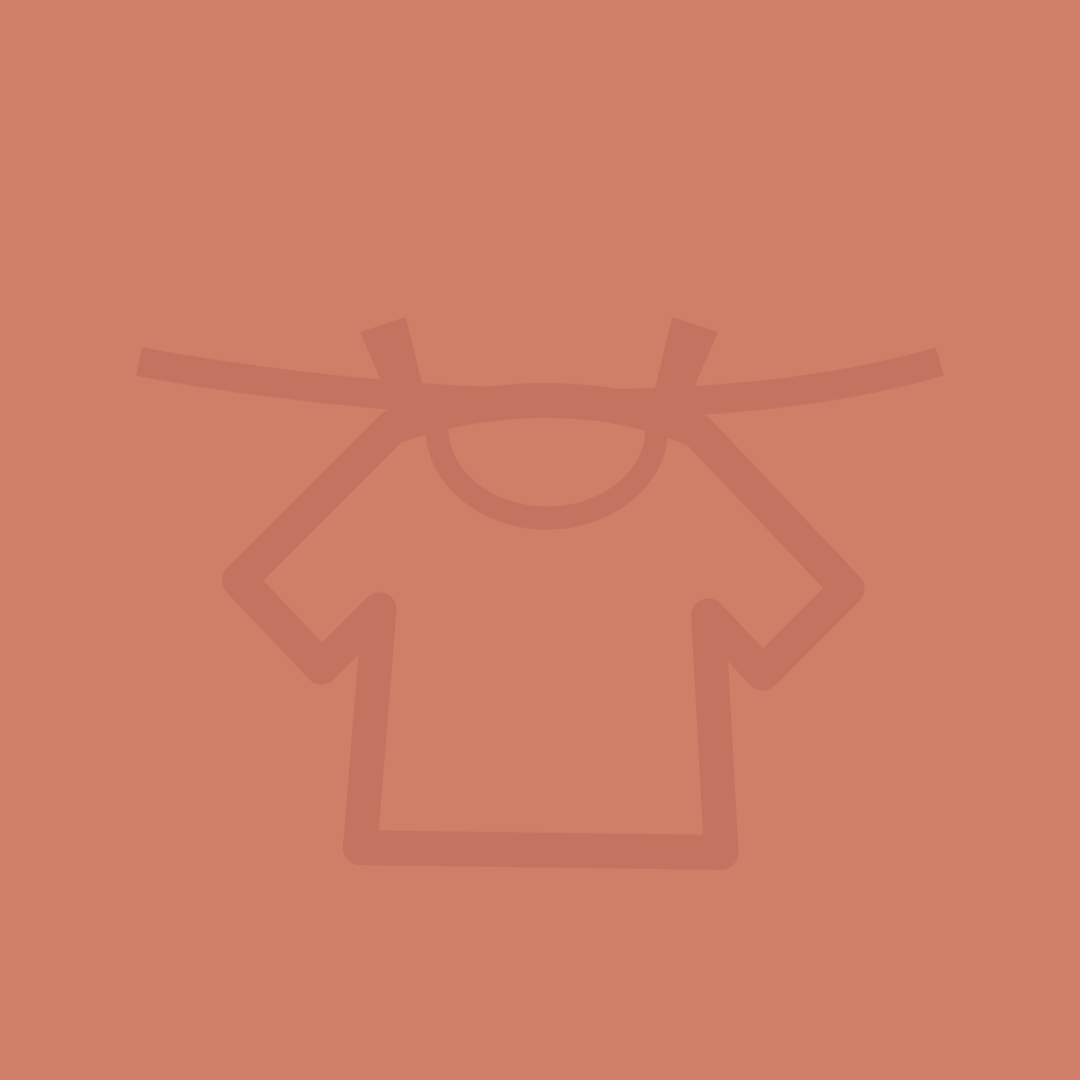Removing Stains From Your Summer BBQ
This year, you might be hosting or attending a social distance outdoor event. Summer foods create some heinous stains that can be seen from a 6’ foot distance. Let’s talk about summer food stains.
Let me start by saying that growing up I was a huge fan of Hints From Heloise. This is probably why I do what I do. Looking at the writing of those ol’ G laundry tips through a feminist lens, I can see now that those tips are often written as commands rather than lessons. Those commandments leave no room for learning and understanding. Stain removal is a STEM skill. If you understand the science of how a stain remover works then you may be able to tweak the recipe to your needs. That said, I with my BFA in Fashion Design will explain some basic science of how to remove stains from foods common in summer cookouts. And do it in an eco-friendly way that is conducive to the slow fashion movement.
About All Stains
When a stain happens, move swift as a coursing river (shout-out Mulan!). Dab that shit, don’t rub it. Rubbing just forces the stain into the fiber. The temperature of the water matters because heat tends to set stains. Use cold or cool water, such as the water from the ice cooler. Apply the appropriate treatment (see below) prior to washing your garment in warm or hot water. Applying the treatment means to work it into the stain by rubbing it lightly with your fingers or the garment itself. Rinse and repeat until the stain disappears.
Summer foods consist of acid, fat, or animal protein (sorry plant-based folks).
Acid
Acids are anything with a pH of less than 7. Vinegar and lemon juice at a pH of 2 are moderately strong acids that can react with weaker acids like the ones found in our food. Most fruit is a chemical concoction of acid and sugar. Alcoholic beverages and coffee are acidic too. One recipe that works for these types of stains is cool water plus 1 tsp of vinegar or lemon juice plus 1 tsp of dye-free liquid dishwashing detergent. FYI, a detergent with dyes may actually stain your clothing even more. Work the solution into the stain with your fingers until the stain goes away. Wash as usual, according to the garment. Oxygen clean be used to brighten your whites or colors afterward.
This treatment works for these stains:
Pop or Soda (I’m an Ohio native so it’s “pop.”)
Berries
Coffee
Tea
Ketchup and BBQ sauce
Mustard (a color remover may also be needed to remove the yellow dye)
Vegetable juice
Fruit juice
Pro Tip: On white clothes, swap the vinegar for lemon because lemon is as a natural brighter.
Alcoholic Beverages
A Red wine stain is the worst stain of all; especially on white clothing. It makes you question why you wore white to a cookout anyway. Dab at the spill or sprinkle salt or baking soda on the spot to remove the excess. The alkali nature of table salt and baking soda makes it soluble, which means it soaks up the mess. Use the aforementioned solution for acids to apply to the stain. Mixing baking soda into that same solution also worked for me. This also works for beer.
If you spill simple syrup on you while mixing cocktails, just dab the area with cold water. Never use hot because heat caramelizes the sugar causing the stain to set and turn dark.
Fat
If you get a butter stain from that elote you were chopping on, then all you need is liquid detergent and a solvent like rubbing alcohol. Detergent, especially liquid dish soap has a chemical makeup that slides grease or oil off of fabric when water is introduced to the mix. Rubbing alcohol is an alkali base with pH of 8 that can actually mix will oil causing it to dissolve. This treatment works for these stains:
Butter
Cooking oil like vegetable oil, canola oil, olive oil, coconut oil etc.
Salad dressing
Animal Protein
This one is a whole different animal. Like how I did that? Animal proteins leave greasy stains. If you have ever dripped hamburger patty juice on your pants then you understand the drama that can cause. The key to stains caused by protein is using proteinase enzymes which eat protein for breakfast (literally). Many biological laundry detergents use protein because it works well with cool water temperatures. Enzymes are ineffective in hot water. Soak your stained item in cold water with enzyme detergent. You can create a paste with the protein powder and cold water and apply it to the stain. Wash the item like normal. My favorite enzyme detergent is Dreft for babies. Since enzymes love eating protein, do not use enzyme detergents for protein fibers like wool and silk. Hydrogen Peroxide also works well for treating protein stains. Enzyme treatment works for these stains:
Meat juice
Mayonnaise (it’s a tricky one because consists of oil and eggs)
Dairy
Dairy is protein + acid + fat, so it needs an alkali like rubbing alcohol or nail polish remover to fully remove the stain. Soak the stain in cold water, dab it with rubbing alcohol, and then apply the enzyme detergent. This treatment works for these stains:
Milk (this is a tip for those doused with milk while protesting racial inequalities)
Ice cream
Chocolate
The makeup of chocolate is protein + fat + sugar + acid. That is what makes it lovely. But it can ruin your shirt. If you get a chocolate stain, act quickly to put the garment in the freezer or use ice to chill the item. Pre treat with enzyme detergent, wash as normal. Maybe add an oxygen bleach to remove any extra chocolate residue. You can make your own homemade oxygen bleach if you really feel up for it.
Pro-tip: Protein includes things that come from bodies. If you are washing period undies or reusable pads, get Dreft as a prewash stain treatment. Hydrogen peroxide works here too. Or just get a cup.
Please be responsible this summer by wearing masks to protect others. Host your own small outdoor gatherings. And if you get a stain, here’s the guide. For me, I will be celebrating Independence Day with a bit more patriotism on the side of my burger.

